Advertisement
Artificial Intelligence (AI) is transforming industries, and manufacturing is no exception. One of the most impactful areas is Environmental Health and Safety (EHS), where AI helps prevent workplace hazards, ensures regulatory compliance, and enhances operational safety. EHS programs are designed to protect employees, the public, and the environment from workplace-related hazards.
Integrating AI into these systems enables faster decision-making, real-time risk identification, and predictive safety measures. This article explores how AI is shaping the future of EHS in manufacturing, offering a smarter, more proactive approach to workplace safety. Let's discover how your facility can benefit by embracing intelligent systems.
EHS refers to a set of policies and procedures that focus on protecting human health and the environment in the workplace. It includes safety protocols, regulatory compliance, and environmental protection. The significance of EHS has grown in recent years as manufacturing processes have become more complex, global, and regulated. Environmental concerns have also led to increased scrutiny of industrial operations.
Key contributions of AI to EHS are broad and multifaceted, touching on various aspects of safety management and operational efficiency. Some of the most significant contributions include:
One of the most valuable applications of AI in EHS is real-time monitoring. AI systems process data from cameras, IoT sensors, and wearable devices to identify unsafe behaviors or environmental risks as they happen. This capability helps safety managers intervene immediately, preventing injuries or damage.
For Example:
AI can detect if a worker is not wearing safety gear or if a machine operates outside of normal parameters. By analyzing real-time footage or readings, AI systems can send instant alerts to supervisors, ensuring timely action.
Predictive analytics uses historical and real-time data to forecast future incidents. This approach helps shift the focus from reactive problem-solving to proactive risk management. AI's predictive power extends beyond just machinery maintenance and equipment failures. It can also anticipate workplace accidents by analyzing patterns in past incidents, safety reports, and environmental conditions.
Benefits Include:
In manufacturing, AI can analyze patterns from equipment sensors, maintenance logs, and incident reports to predict when a machine might fail or a safety violation is likely to occur. Companies can then schedule maintenance or training to reduce risks. This proactive approach reduces downtime, saves money, and, most importantly, protects workers.

Regulatory compliance in manufacturing requires detailed documentation and regular inspections. AI streamlines this process by automatically collecting and organizing compliance data. Intelligent algorithms can generate audit-ready reports, monitor regulation changes, and flag areas lacking compliance. This strategy reduces the administrative burden on safety officers and ensures nothing falls through the cracks. AI can also provide visual dashboards that make compliance easier to understand and act upon.
AI-powered training tools are revolutionizing how workers learn safety protocols. Virtual reality (VR) combined with AI can simulate dangerous situations in a controlled environment, allowing employees to practice responses without real-world consequences. AI also personalizes training programs based on employee performance, ensuring workers get the guidance they need. This targeted approach increases retention and helps cultivate a strong safety culture.
AI contributes to workplace safety and environmental protection. Smart sensors and AI models monitor air quality, emissions, and resource consumption across manufacturing plants. By analyzing this data, AI suggests adjustments that improve energy efficiency and reduce the plant's carbon footprint. This supports sustainability goals while keeping workers and communities safe from harmful exposure.

When an incident occurs, it's essential to determine the root cause to prevent future occurrences. AI accelerates this process by quickly analyzing logs, sensor data, and video footage. These systems highlight anomalies and correlations that humans might miss. With clear insights, safety teams can implement more effective corrective actions. Over time, this leads to a safer and more resilient workplace.
A large manufacturing group recently implemented an AI-based EHS system to improve safety compliance. The AI monitored employee behavior, checked for PPE violations, and flagged unsafe machine usage. Within three months, the company reported a 25% decrease in safety violations and faster resolution of potential hazards. Combining traditional safety procedures with AI oversight created a more responsive and accountable safety culture.
AI is reshaping the future of Environmental Health and Safety in manufacturing by bringing intelligence, automation, and precision to every aspect of workplace safety. From real-time monitoring and predictive analytics to environmental compliance and personalized training, AI empowers manufacturers to protect their workforce and environment like never before.
The time to invest in AI for EHS is now—don't wait for an incident to rethink your safety strategy. Embrace smart technologies to create a safer, cleaner, and more efficient manufacturing environment.
Advertisement
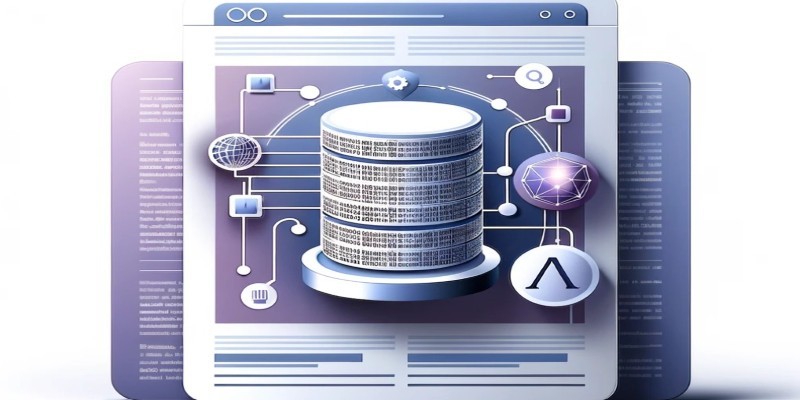
How to enhance RAG performance with CRAG by improving docu-ment ranking and answer quality. This guide explains how the CRAG method works within the RAG pipeline to deliver smarter, more accurate AI responses using better AI retrieval techniques

Discover how ChatGPT can help Dungeon Masters and players enhance their Dungeons and Dragons experience by generating NPCs, plot hooks, combat encounters, and world lore
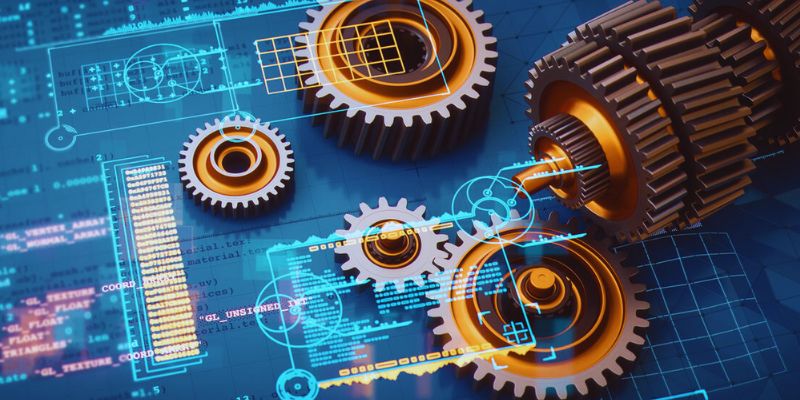
Collaborative robots, factory in a box, custom manufacturing, and digital twin technology are the areas where AI is being used

Think ChatGPT is always helping you study? Learn why overusing it can quietly damage your learning, writing, and credibility as a student.

Learn how ASR enhances customer service for CX vendors, improving efficiency, personalization, and overall customer experience

How Oppo’s Air Glass 3 XR brings AI-powered VR glasses to everyday life with smart features, sleek design, and seamless usability in real-world settings
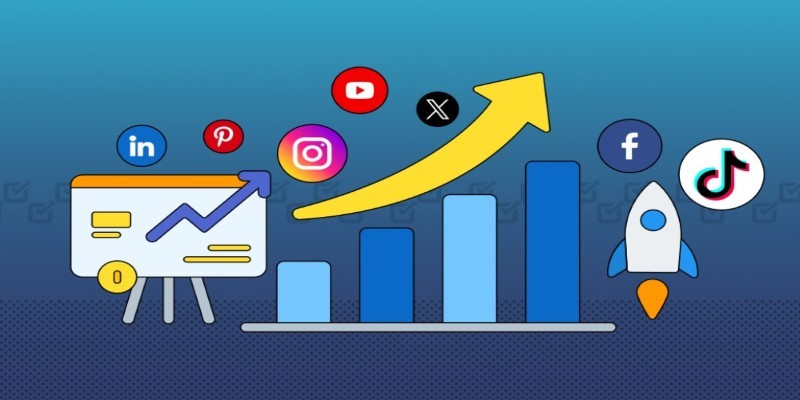
Find out the 8 top-rated AI tools for social media growth that can help you boost engagement, save time, and simplify content creation. Learn how these AI-powered social media tools can transform your strategy

Alluxio debuts a new orchestration layer designed to speed up data access and workflows for AI and ML workloads.
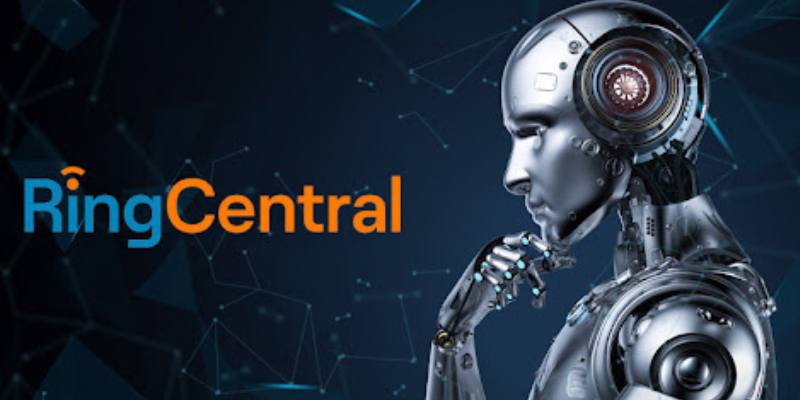
Discover the top 5 benefits of RingCentral's RingCX, the AI-powered CCaaS platform redefining cloud-based customer service.

In this article, we talk about the types of neural networks. CNN vs RNN vs ANN, and how are they all different.
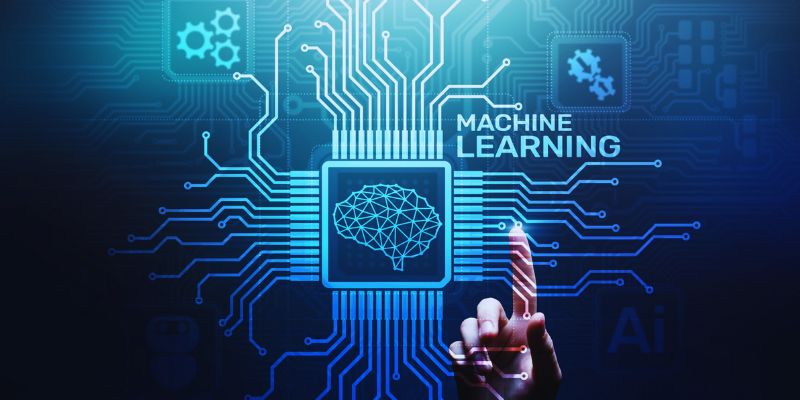
Discover machine learning model limitations driven by data demands. Explore data challenges and high-quality training data needs

How to handle NZEC (Non-Zero Exit Code) errors in Python with be-ginner-friendly steps and clear examples. Solve common runtime issues with ease